24
Pledges
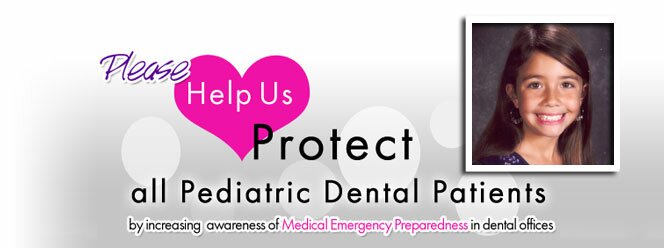
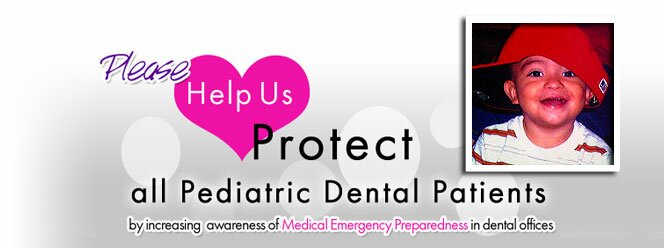
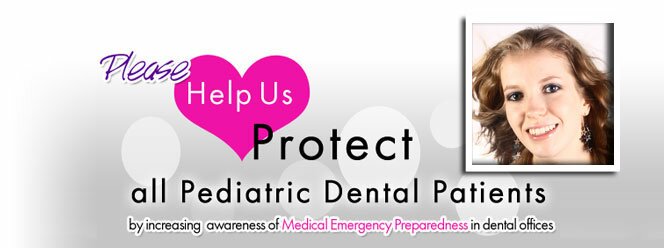
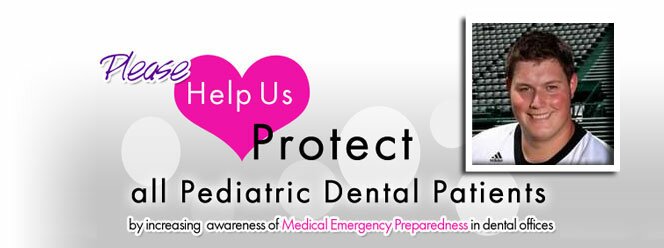
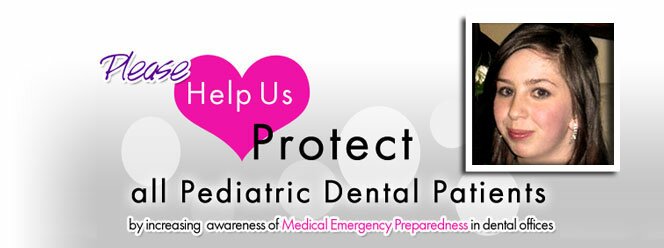
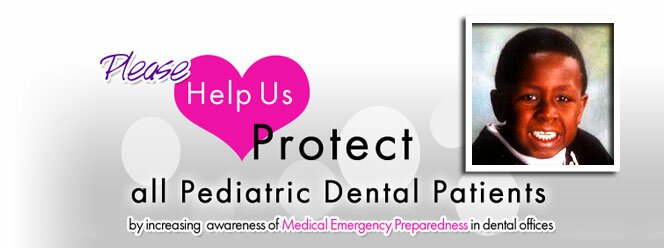
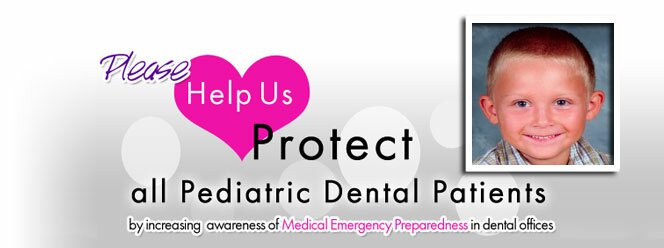
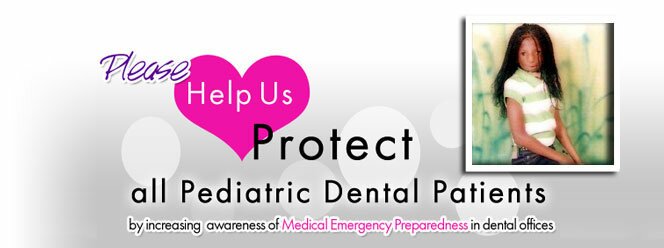
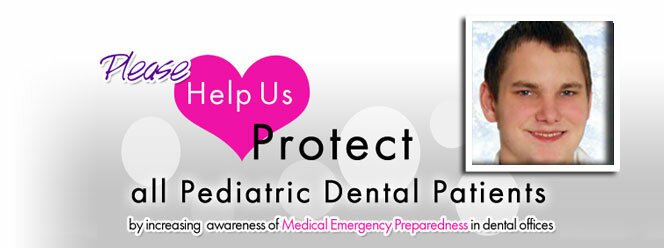
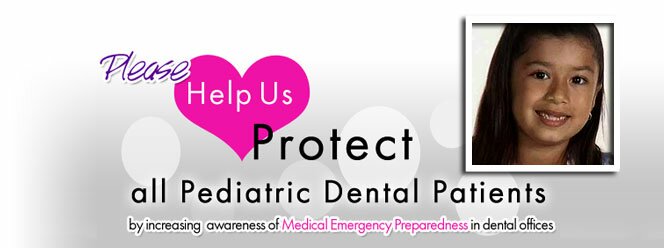
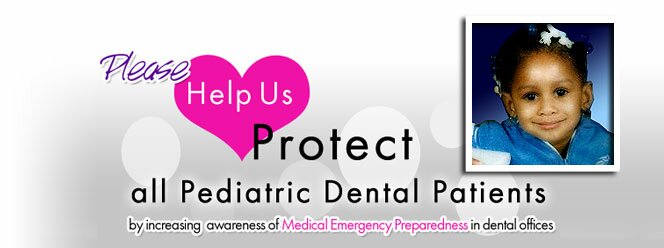
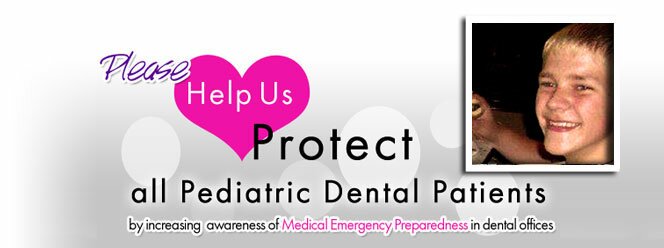
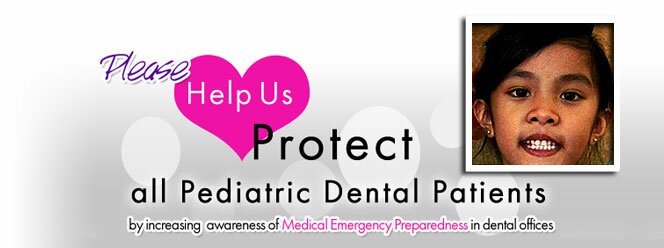
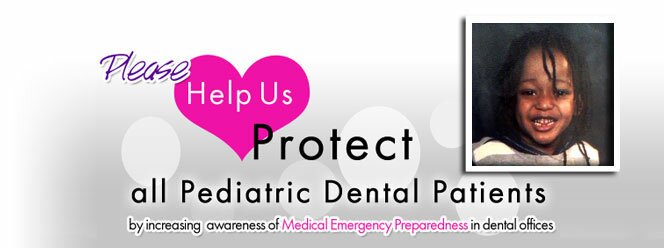
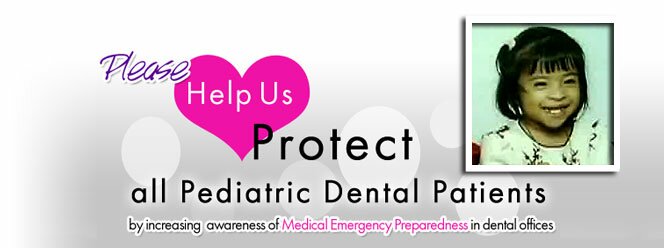
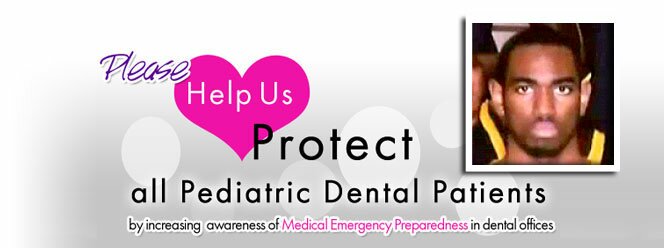
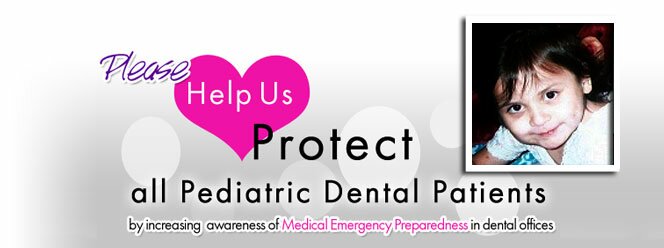
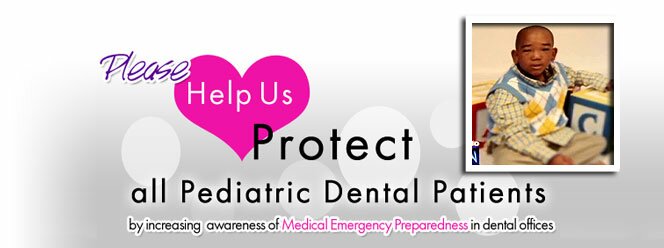
Here’s what America’s top leaders in the field say about medical emergency preparedness for dentists
Preparing for Medical Emergencies: The Essential Drugs and Equipment for the Dental Office
Morton Rosenberg
J Am Dent Assoc 2010; 141(suppl_1): 14S-19S. [Abstract] [Full Text] [PDF]
Morton Rosenberg (JADA Supplement): Every dentist can expect to be involved in the diagnosis and treatment of medical emergencies during the course of clinical practice. These emergencies may be related directly to dental therapy, or they may occur by chance in the dental office environment. Although just about any medical emergency can occur during the course of dental treatment, best practice dictates that dental personnel must be prepared to provide effective basic life support (BLS) and seek emergency medical services in a timely manner.
Morton Rosenberg (JADA Supplement): The ability to react immediately to the emergency at hand, including telephoning for help and having the equipment and drugs needed to respond to an emergency, can mean the difference between successful management and failure.
Morton Rosenberg (JADA Supplement): Completion of annual continuing education courses and office medical emergency drills ensure a rapid response to emergency situations. It is the combination of a knowledgeable and skilled dental team with the equipment for basic airway rescue and oxygenation, monitoring equipment, an automated external defibrillator and a basic drug emergency kit that make the dental office a safer environment for patients and enhance dental professionals’ capability to render competent and timely aid.
Morton Rosenberg (JADA Supplement): Urgent and emergent medical emergencies can and do occur in the dental office. Early diagnosis, telephone calls for help and proper management will increase the likelihood of a successful response. Accomplishing this depends on the combination of training and preparation by the dentist and staff members and the immediate availability of basic and critical emergency drugs and equipment.
-
Knowing Your Patients
Stanley F. Malamed
J Am Dent Assoc 2010; 141(suppl_1): 3S-7S. [Full Text] [PDF]
Stanley Malamed (JADA Supplement): Medical emergencies can, and do, happen in the practice of dentistry. In a survey of 2,704 dentists throughout North America, I1 reported a total of 13,836 emergencies occurring within a 10-year period (Table 1). None of these emergencies were truly dental emergencies. They were potentially life-threatening medical problems that patients developed while they were in a dental office.
Stanley Malamed (JADA Supplement): When medical emergencies occur in the dental office, they represent a possible threat to the patient’s life and a hindrance to the delivery of dental care.
Preparing Dental Office Staff Members for Emergencies: Developing a Basic Action Plan
Daniel A. Haas
J Am Dent Assoc 2010; 141(suppl_1): 8S-13S. [Abstract] [Full Text] [PDF]
Daniel Haas (JADA Supplement): A medical emergency can occur in any dental office, and managing it successfully requires preparation. The dentist should develop a basic action plan that is understood by all staff members. The goal is to manage the patient’s care until he or she recovers fully or until help arrives. The most important aspect of almost all medical emergencies in dentistry is to prevent or correct insufficient oxygenation of the brain or heart.
Daniel Haas (JADA Supplement): How does one develop a basic action plan for an unforeseen event? There are numerous potential medical emergencies and numerous protocols to follow. Ideally, the dentist and support staff members should be knowledgeable about all of them. However, when an emergency first develops, the precise diagnosis may not be clear. Without a diagnosis, how can one formulate a treatment plan? This problem can be circumvented by following a key principle: the most important objective of nearly all medical emergencies in the dental office is to prevent or correct insufficient oxygenation of the brain or heart.
Daniel Haas (JADA Supplement): Therefore, all team members should be trained and competent in BLS/CPR.
Daniel Haas (JADA Supplement): The dental office should have a written plan that describes the expected roles of team members. These roles should be reviewed regularly during staff meetings. The dentist should arrange emergency simulations or drills to enable team members to practice their roles periodically
Daniel Haas (JADA Supplement): Differences exist in the level of training that dentists receive in the management of medical emergencies.9 The final decision regarding the exact roles of each team member will be determined by a number of factors, including the dentist’s and staff members’ training and ability. Clearly, dentists need to do what they can to prevent emergencies in the dental office but, unfortunately, they still may arise despite dentists’ best efforts. However, taking the time to prepare staff members and develop a basic action plan for all emergencies may save a life.
Basic Management of Medical Emergencies: Recognizing a Patient’s Distress
Kenneth L. Reed
J Am Dent Assoc 2010; 141(suppl_1): 20S-24S. [Abstract] [Full Text] [PDF]
Ken Reed (JADA Supplement): Medical emergencies can happen in the dental office, possibly threatening a patient’s life and hindering the delivery of dental care.
Ken Reed (JADA Supplement): Medical emergencies can occur in the dental office, and it is important for the entire dental team to be prepared for them.
Ken Reed (JADA Supplement): Prompt recognition and efficient management of medical emergencies by a well-prepared dental team can increase the likelihood of a satisfactory outcome. The basic algorithm for managing medical emergencies is designed to ensure that the patient’s brain receives a constant supply of blood containing oxygen.


